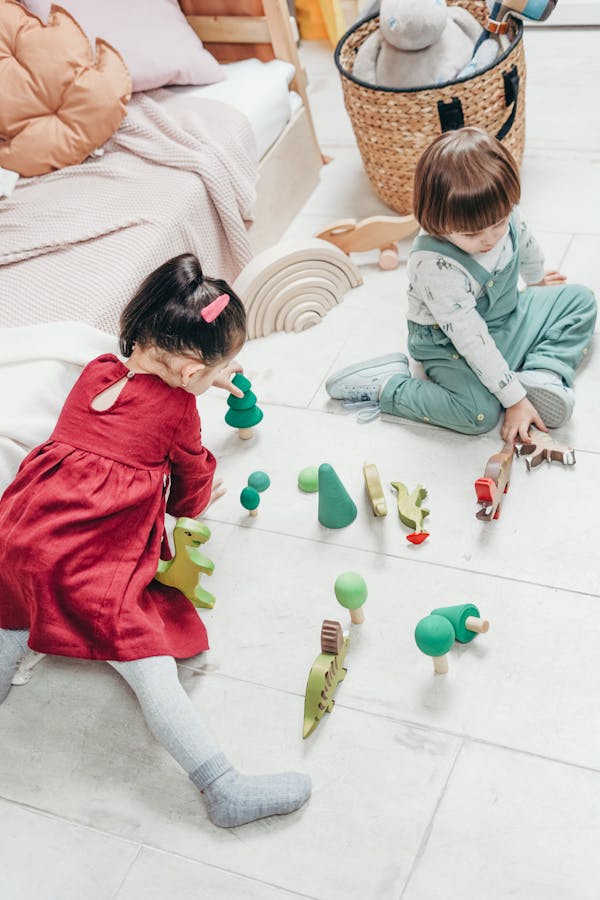As a parent, you will always want what is best for your child, including a high-quality early childhood learning environment. But how do you know if the learning environment is up to par?
Assessing the quality of your child’s learning environment is critical because it can directly impact your child’s growth and development. High-quality learning environment can foster your child’s love of learning, social skills, and overall development. So it is critical to take the time to assess the quality of your child’s learning environment.
Join us as we delve into early childhood education and empower yourself as you discover the tools to help you assess the quality of the childcare centre before making a commitment.
What To Look For When Assessing Early Learning Environment?
Assessing the quality of early childhood environments is essential for ensuring that children receive the best education and care. Several key factors must be considered when assessing a child’s early learning environment. These include:
- Safety and Health: The learning environment should be safe and healthy for children, with appropriate measures to ensure their physical well-being. It includes factors such as clean and well-maintained facilities, proper hygiene practices, and adequate supervision to ensure that children are always safe.
- Learning Materials: These should include materials that promote different types of learning, such as sensory exploration, language development, and social-emotional growth.
- Teaching Practices: Teachers must develop developmentally appropriate practices, programs and frameworks that support children’s learning and development. This would include a School Readiness Program and following an Early Years Learning Framework (ELYF) to insure the childcare practices play-based learning, such as sand and water play, and individualised care to guide the children’s overall development.
- Interactions: Positive interactions between children and their caregivers are essential for fostering healthy development. Therefore, the learning environment should support positive interactions between children and adults and between children.
- Curriculum: A high-quality early childhood learning environment should have a well-designed and developmentally appropriate curriculum that aligns with established National Quality Framework standards for early childhood education.
- Parental Involvement: It includes regular communication with parents about their child’s progress and opportunities for parents to participate in their child’s learning activities.
- One aspect that often gets overlooked is the staff’s qualifications and training, which can make or break the quality of the learning environment. Imagine having a teacher who lacks the skills to manage a classroom or has no passion for teaching young children.
This can lead to a frustrating and disappointing experience for your child. However, a well-trained and qualified teacher can help your child learn and grow in a safe, stimulating, and supportive environment. It can make all the difference in your child’s experience and set them up for a successful future.
- Accreditation Standards And Awards: These recogniseearly learning environments that meet high-quality standards. A great childcare would have National Quality Standards Awards. Professional organisations or governmental agencies typically establish accreditation standards and involve a rigorous review process to ensure that the learning environment meets specified criteria.
By looking at these critical factors, educators, parents, and caregivers can ensure children have access to high-quality learning experiences that set them up for success and can better understand the strengths and weaknesses of the learning environment to make informed decisions about how to support children’s learning and development.
Final Words
Assessing the quality of your child’s early childhood learning environment is essential to ensure they receive the best possible education and care.
It is important to remember that assessing the quality of the learning environment is an ongoing process, and regular evaluation and improvement efforts are necessary to ensure that your child receives high-quality education and care. By working with educators and caregivers, you can support the ongoing improvement of your child’s learning environment and set them on a path to success in their future academic and personal endeavours.
